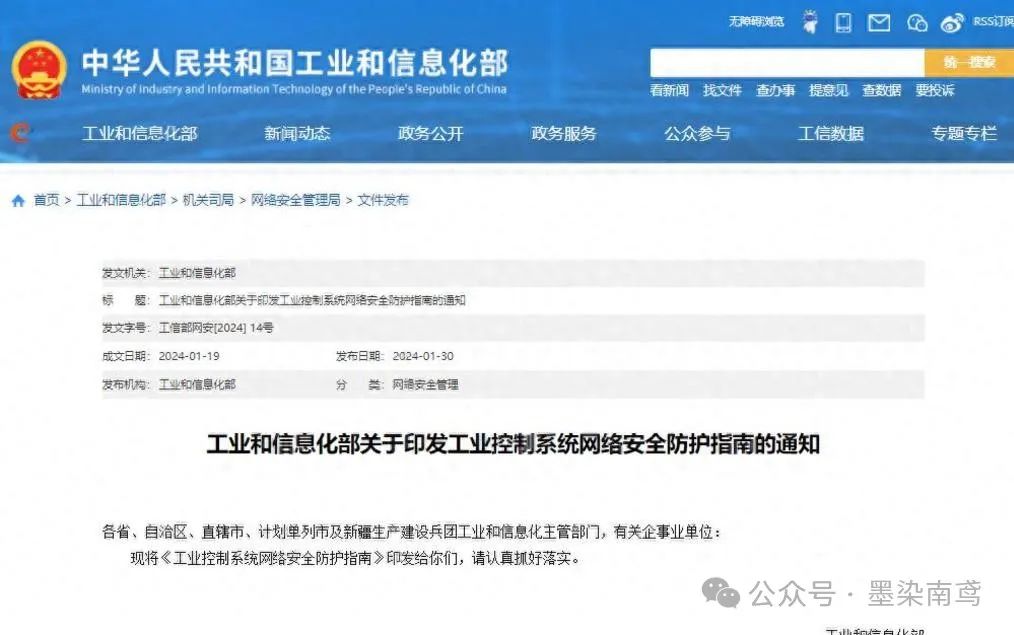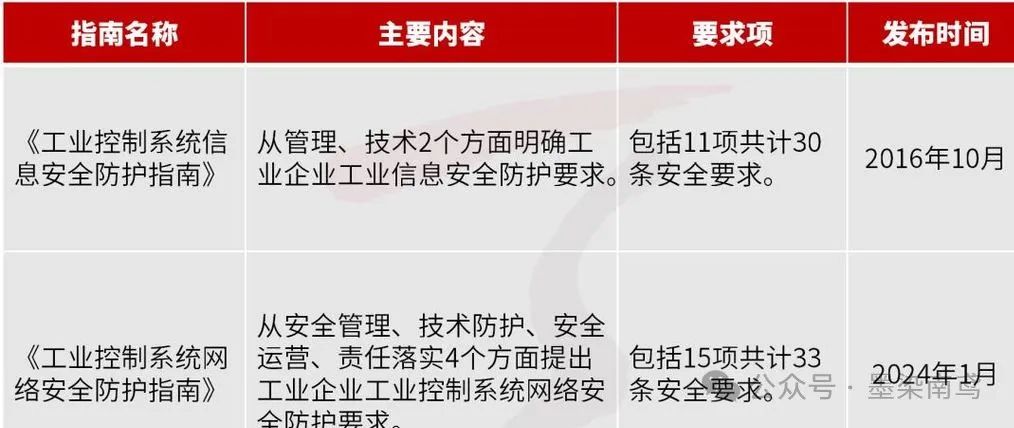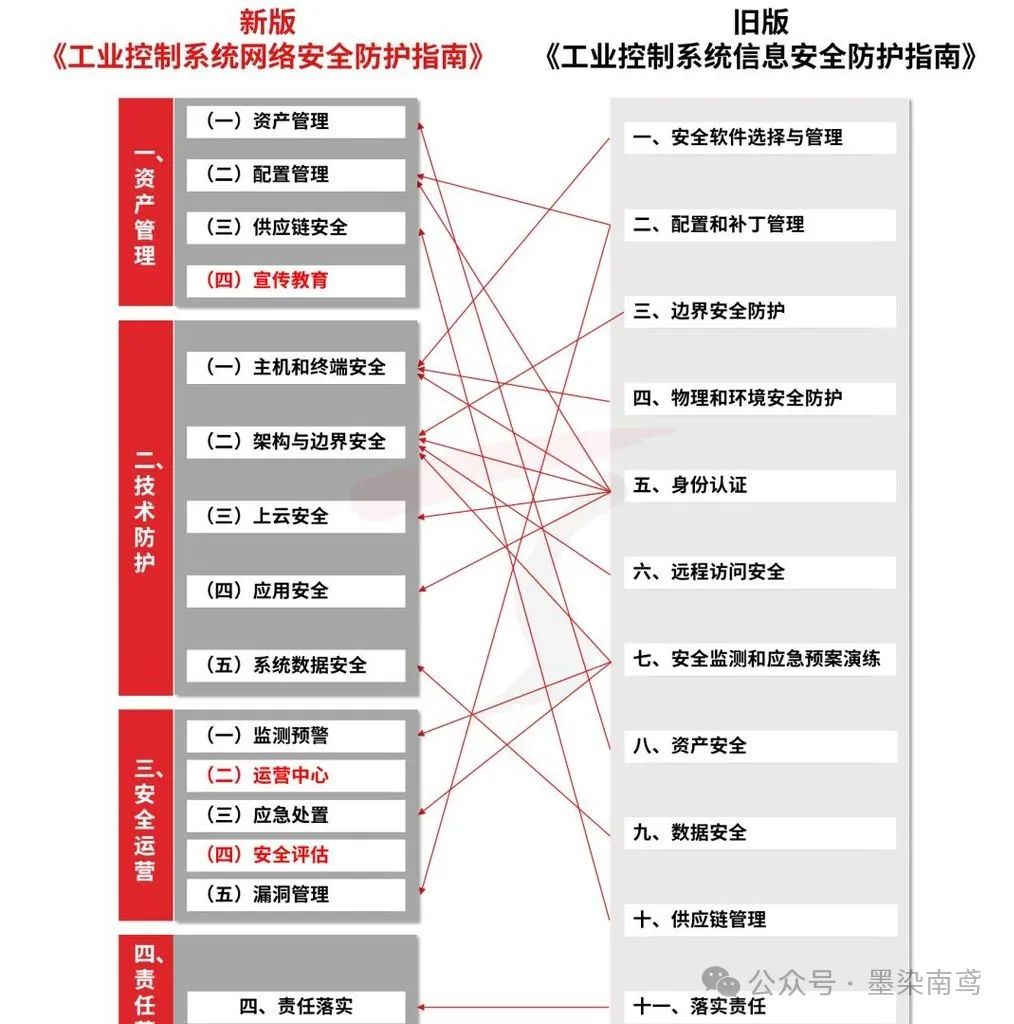
Siemens PLC Network Security Protection Guide: Complete Solution for Industrial Control System Security Configuration and Hacker Intrusion Prevention
1.
1. Scenario Restoration
A chemical plant’s DCS system suffered a hacker attack, causing some equipment to shut down abnormally, resulting in huge economic losses.
Investigations revealed that hackers infiltrated the industrial control network through a remote maintenance interface and logged into multiple PLC devices using default passwords.
To prevent similar incidents from happening again, the factory decided to comprehensively enhance the security protection capabilities of PLCs and the industrial control network.
This article will take Siemens S7-1200 PLC as an example to detail the security configuration and protection solutions for industrial control systems.
2.
2. Principle Analysis
The main aspects of PLC network security protection include:
1. Access Control: Limiting unauthorized users’ access to PLCs by setting passwords and enabling user permission management. 2. Communication Encryption: Using secure communication protocols such as HTTPS, TLS to encrypt data transmission between PLC and upper-level computers. 3. Firmware Protection: Regularly updating PLC firmware to fix known security vulnerabilities. 4. Network Isolation: Using firewalls and gateways to isolate the industrial control network from external networks. 5. Security Auditing: Recording and analyzing PLC operation logs to promptly detect abnormal behavior.
3.
3. Code Implementation
3.1 PLC Program Design Description
We will implement the following security functions in the S7-1200 PLC:

1. Enable password protection 2. Configure user permissions 3. Enable secure communication 4. Implement simple security auditing functions
3.2 IO Table
Address|Symbol|Data Type|Description —|—|—|— I0.0|Start_Button|BOOL|Start button I0.1|Stop_Button|BOOL|Stop button Q0.0|Motor_Run|BOOL|Motor running indication M0.0|Security_Violation|BOOL|Security violation flag DB1.DBX0.0|Audit_Log|ARRAY[0..99] OF STRING|Audit log array
3.3 PLC Ladder Diagram
Network1: Main Control Logic LDI0.0 AI0.1 =Q0.0
Network2: Security Audit LDI0.0 FPM1.0 SPBNEND CALL “Log_Operation” Operation:=’StartButtonPressed’ END: NOP
Network3: Security Violation Detection (Example) LD “HMI_Unauthorized_Access” O “PLC_Config_Change” =M0.0
Network4: Security Violation Handling LDM0.0 RQ0.0 CALL “Log_Operation” Operation:=’SecurityViolationDetected’
4.
4. Application Case
Next, we will gradually implement the PLC security protection plan:
4.1 Enable Password Protection
1. Open TIAPortal software, right-click the PLC device in the project tree, and select “Properties.” 2. In the “Protection” tab, check “Enable Password Protection.” 3. Set a strong password with at least 12 characters, including uppercase and lowercase letters, numbers, and special characters. 4. Click “Apply” to save the settings.

4.2 Configure User Permissions
1. In TIAPortal, navigate to “User Management.” 2. Create user groups at different levels, such as “Operator,” “Engineer,” and “Administrator.” 3. Assign appropriate permissions to each user group.
For example: Operator: Can only view and operate HMI Engineer: Can modify PLC programs but cannot change system configurations *Administrator: Has all permissions 4. Create user accounts and assign them to the respective user groups.
4.3 Enable Secure Communication
1. In the PLC properties, find the “Communication > OPCUA” option. 2. Enable the OPCUA server functionality. 3. In the “Security” tab, select the “Security Policy” as “Basic256Sha256.” 4. Generate and export the server certificate. 5. Import the PLC’s server certificate into HMI or SCADA systems and configure a secure connection.
4.4 Implement Security Auditing Functions
1. Create a function block (FB) called “Log_Operation.” 2. Write the following SCL code in the FB:
FUNCTION_BLOCK “Log_Operation” VAR_INPUT Operation: String; END_VAR VAR i: Int; END_VAR
BEGIN // Add new log entry to the beginning of the array FOR i:=98 TO 0 BY -1 DO “Audit_Log”[i+1]:=”Audit_Log”[i]; END_FOR;
// Add new log entry “Audit_Log”[0]:=CONCAT(IN1:=CONCAT(IN1:=DTL_TO_STRING(DTL#1970-01-01-00:00:00), IN2:=’-‘), IN2:=Operation); END_FUNCTION_BLOCK

3. In the main program, call the “Log_Operation” FB at critical operations to log important events.
4.5 Configure Network Isolation
1. Use an industrial firewall to isolate the industrial control network where the PLC is located from the enterprise office network. 2. Configure firewall rules to only allow necessary communication ports to be open. 3. If remote access is required, configure a VPN service requiring two-factor authentication.
4.6 Regular Updates and Maintenance
1. Regularly check the Siemens official website for the latest firmware updates. 2. Validate firmware updates in a test environment to ensure compatibility. 3. Develop a plan to update PLC firmware in batches in the production environment.
5.
5. Summary
By implementing the above security measures, we significantly improved the security of PLCs and industrial control systems. Network security is an ongoing process that requires regular evaluation and updating of protection strategies. It is recommended that enterprises:
1. Regularly conduct security audits and vulnerability scans. 2. Train operators on security awareness. 3. Develop and practice emergency response plans for network security incidents. 4. Maintain close communication with equipment suppliers to receive timely security updates.
Only by combining technical measures, management systems, and personnel training can we build a truly safe and reliable industrial control system.
In an increasingly complex network environment, security protection has become an indispensable part of PLC applications.
We hope this article can provide valuable references for industrial control system engineers.
Recommended Reading
1. SHAP, the Super Tool for Model Interpretation!2. Let Python Become Your Virtual DJ: Music Mixing Tool3. Heavyweight Revelation: Top Python Experts’ Code Optimization Secrets That Can Boost Your Program’s Speed by 1000 Times!
